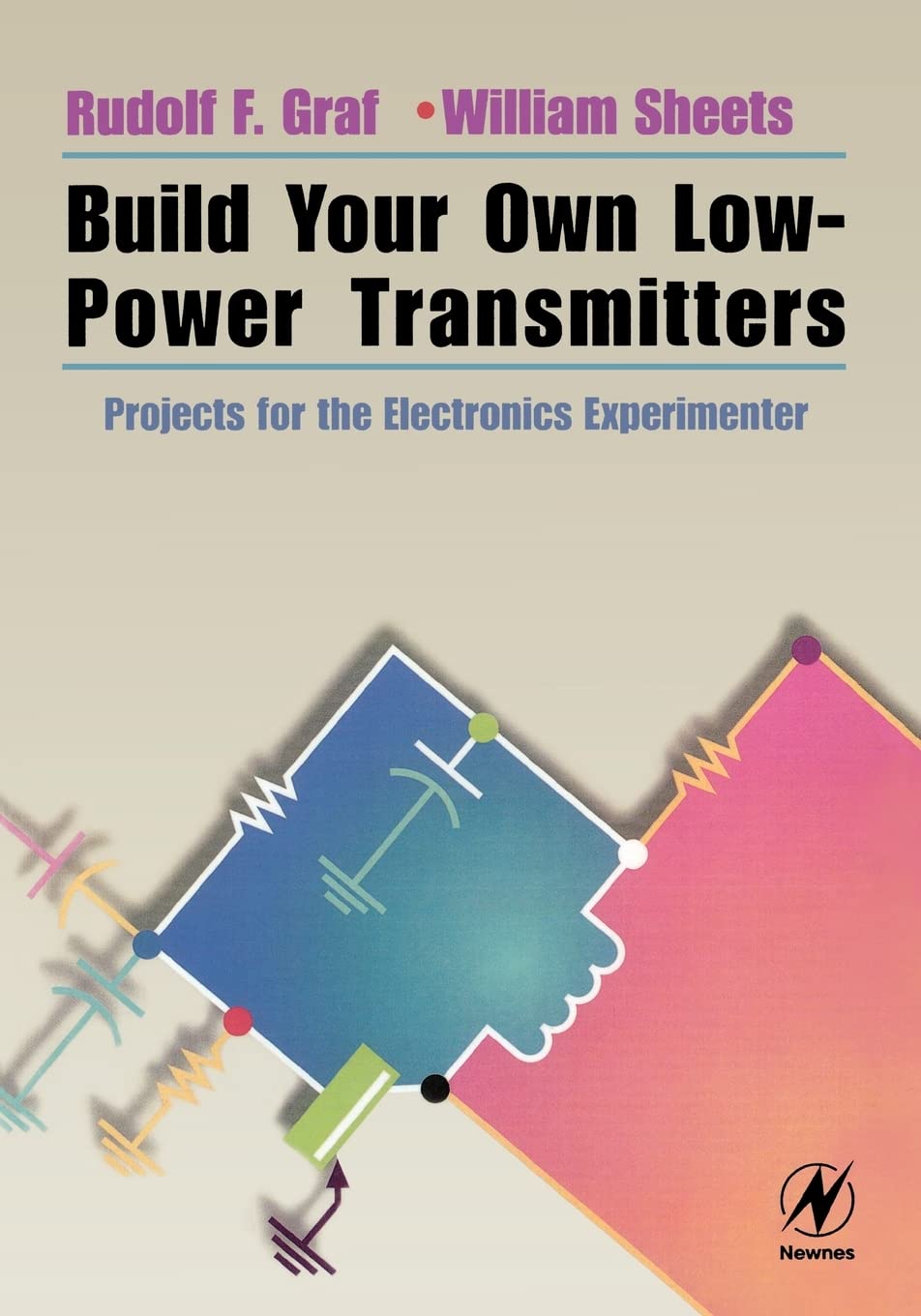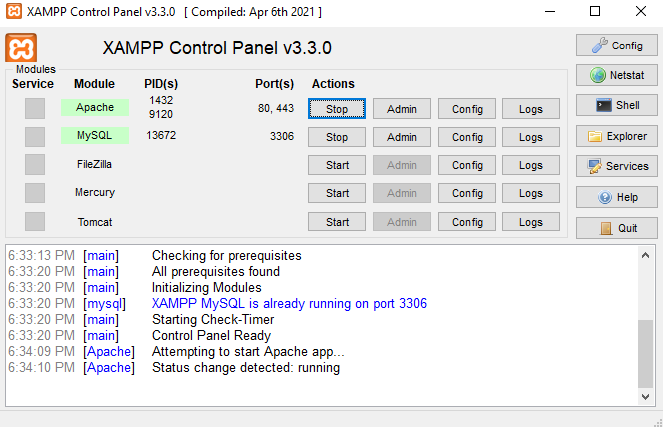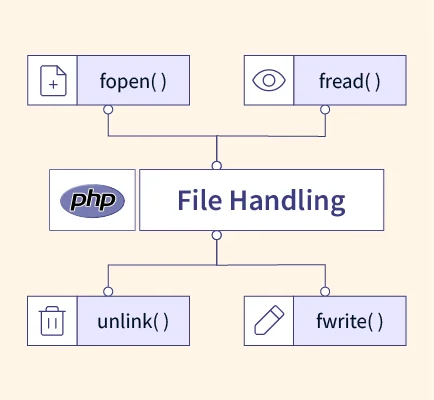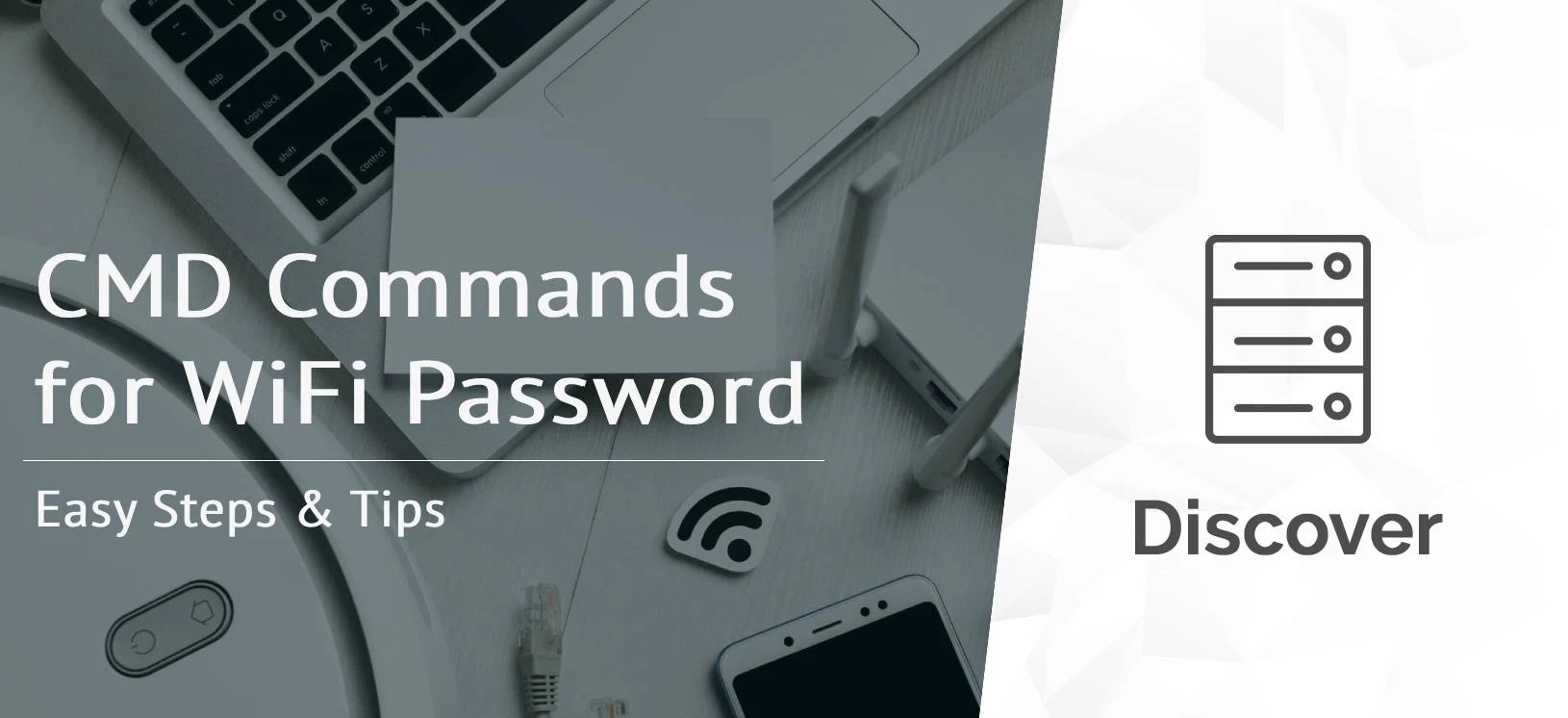
Build Your Own Low-Power Transmitters Projects for the Electronics Experimenter
The MPX2000 PC boards (see Figures 9-4 through 9-7), while having nothing very critical or difficult to handle by someone with a little PC board assembly experience, require a certain assembly sequence in order to avoid mistakes that lead to elusive problems. In particular, several throughhole connections (vias) are required to con- nect traces on both sides of the board.
Plated-through boards are great for mass production of PC boards. They reduce assembly cost and facilitate soldering; however, the use of homemade boards gener- ally precludes plated-through holes. If you must remove a component from a plated- through board, you will have a difficult time and will probably ruin the component and the PC board as well, unless you have a specialized workstation with a vacuum desoldering setup. It is normal and expected that you will make a few assembly errors in constructing any new project because you are doing the task for the first time and you are inexperienced with the assembly. With a plated-through board, you may need a replacement part or PC board if you make an error. Therefore, we do not recommend the use of plated-through PC boards in this project.
The boards are best assembled and tested circuit by circuit. First, the main board can be prepared, jumper vias installed, and a few parts for the power distribution circuitry assembled. Then, the board should be powered up and checks made for var- ious voltages. A power supply of 15–20 volts DC and a DC voltmeter are needed for these tests—a VOM or a DVM will do. Next, the audio (MPX) circuitry can be assembled and tested. If it works, the display board should be assembled next. Then the microcontroller section is installed on the main board, which can be tested together with the display board if desired. After this step is done, the RF circuitry can be assembled and the entire MPX2000 can be checked out. At this time, the project is operational. No critical adjustments are needed, and it should work the first time with the default settings given in the assembly procedure that follows, assuming that you have made no mistakes. Although it is possible to simply “stuff ” the PC boards and wait until after completion of assembly for testing, this is really not rec- ommended unless you are very experienced.






